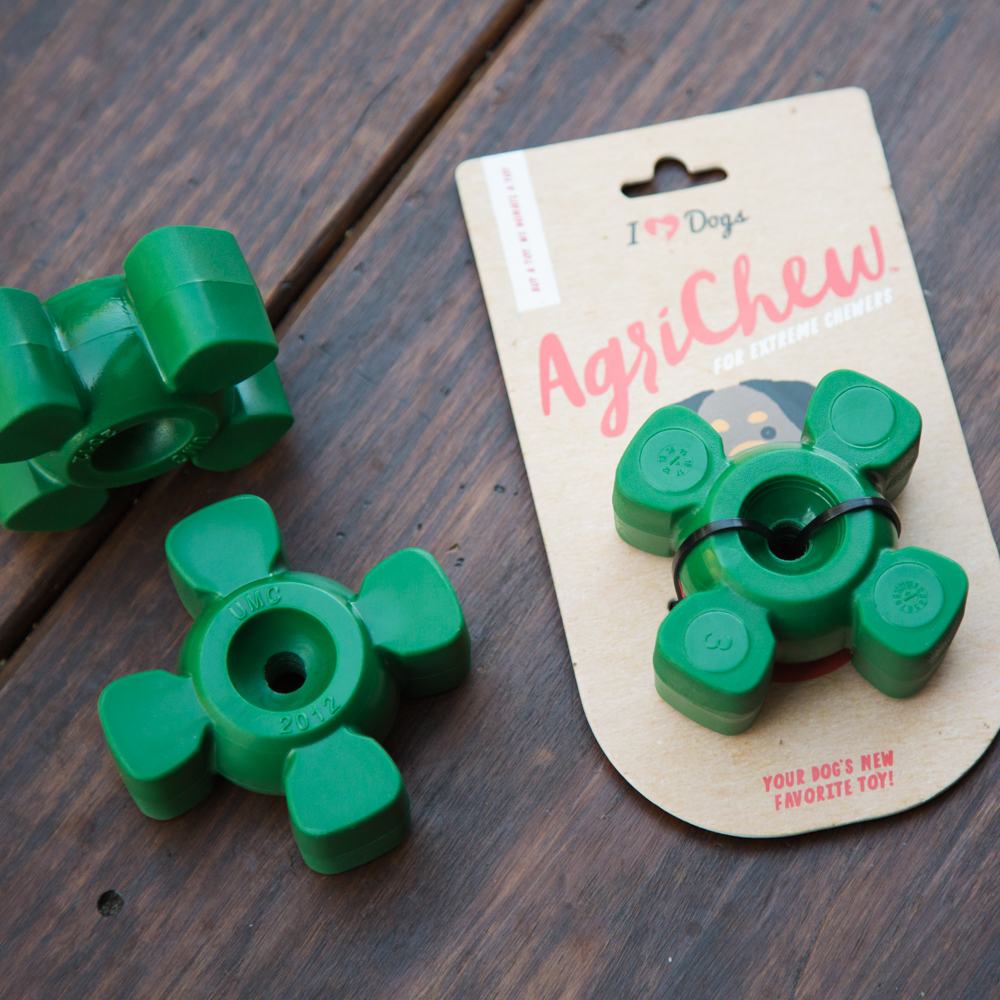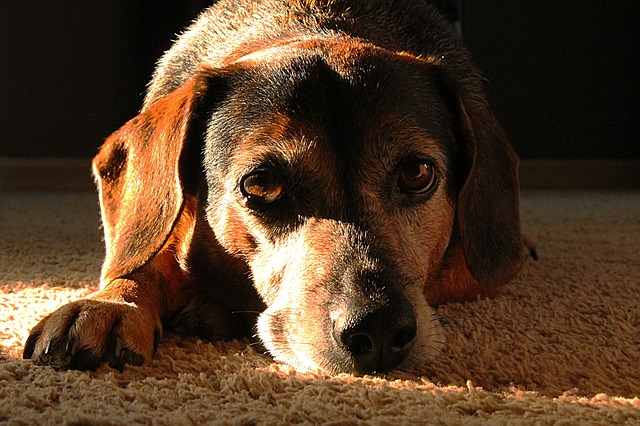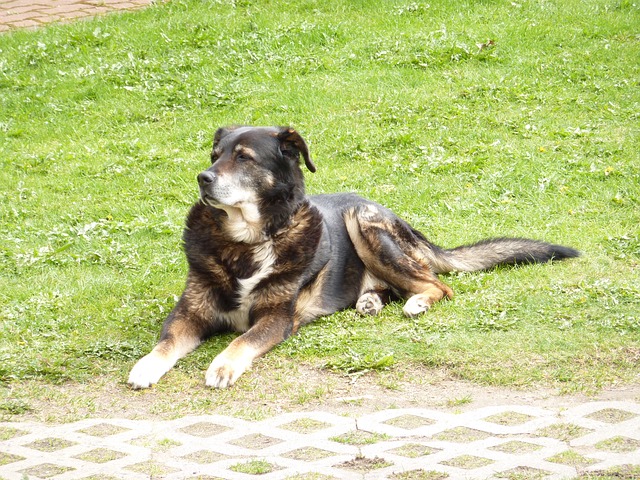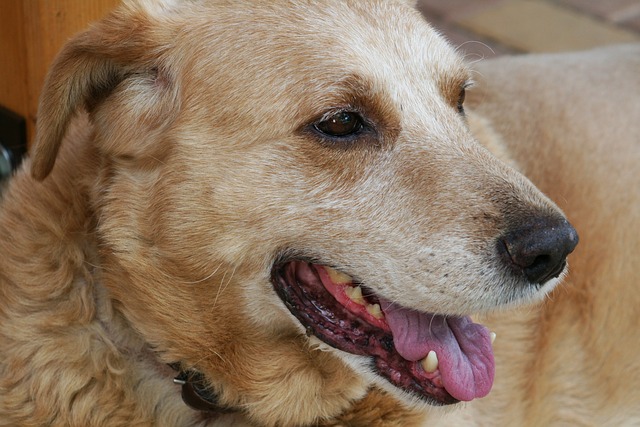
It is amazing how many people teach their puppies and dogs the exact opposite of what they think they are working toward!
We think in human terms.
We don’t take time to consider how dogs learn, and how terribly inconsistent we are as humans.
Honestly, if we saw these things through our dog’s eyes, I think we would be much better trainers and owners.
You May Actually Be Teaching Your Dog to NEVER Come When Called
So let’s talk about some of the things we do to our dogs when we call them to come!
This way, you will have a better understanding of why your dog may not be coming to you when he is called.
We Call Them, and Lock Them in Their Crate Before We Leave
What would you think about a word that happens right before your favorite person locks you up, and then leaves?
You see, dogs don’t know English, or German, or any human words of communication.
Dogs build associations with human words.
They often build emotions AND associations with certain words.
If “cookie” means I will always be giving you a tasty treat, but “come” means I have to go to work and you have to go in your crate… how would you feel about the word?
Even if sometimes the word is rewarded and you get praised when you go to your person, how do you know what the word means from one time to the next?
And, again, dogs are not people.
They don’t think like people.
So if they think “coming” means you will crate them and leave; they may very well think that total avoidance of you, and that word, may equal you staying home and them getting to continue to play outside!
If you are going to crate him, use a different command after you already have him… and his attention.
Or just go to him and lead him to his crate.
We Call Them For a Bath
Ever gone into your bathroom with a towel and some dog shampoo and called your dog to come visit you? 
Chances are he will do this ONCE before he figures out that he doesn’t want to “come” to you; especially in that room.
Baths are kind of scary to dogs.
The sound of the water in the tub can be loud, many people use water that is too hot (remember dogs have a higher temperature than us, and fur!), and slipping on the floor of the tub can be frightening.
This is another time that you need to go to him, put him on a leash, then take him into the bathroom.
Adding a command only conditions him that something scary is about to happen.
We Call Them to Trim Their Nails
This is just like the bath.
There are a lot of things we do to our dogs that they have no desire to have done.
We trim their nails.
We clean their ears.
We medicate them or put drops in their eyes.
None of these are “good” things, or cause them to have happy feelings, so don’t use the most important command that your dog will ever hear, “COME”, when you do these things!
We Call Them When They Are in Trouble
This is another one of my favorites because it illustrates how different dogs are from people.
Unfortunately, we call each other, and our kids when they are in trouble, too, but we can reason.
When my mother was livid with me and shouted, “MINETTE LYN GET IN HERE”, I knew I had two choices: take my knocks early or pretend I didn’t hear her and make her angrier.
Ignoring her wasn’t going to make the problem go away (as children, I think we all wish that it would!).
Ignoring her made my punishment worse.
Also, how I acted and reacted could make my punishment worse or better.
If I got an attitude, it would be worse.
If I was sincerely sorry, it could be better.
But your dog doesn’t have these reasoning skills.
He hears your “mad voice” and tries to avoid you at all costs.
You yell “BUDDY COME” because he has eaten your Michael Kors purse, but in his mind, there is no way he is coming to you while you are angry.
He will do his best to avoid you because he doesn’t realize that by doing so he is making you angrier.
He simply thinks he can run around and avoid you until you are back to your normal self.
But his not listening makes you even more livid (it is like getting an attitude with your mom).
Eventually, once you have caught and punished him a few times he may learn to show some placating and submissive behaviors (the dogs that smile, or look “ashamed”), but this is just because they have been harshly punished in the past and are feeding off of your energy.
Please don’t call your dog when he is in trouble!
You are teaching him to avoid the command, and YOU, when you are angry.
We Call Them Away From Having a Good Time
Ever take your dog off leash at the dog park and then try to call him when it is time to leave?
Take him to the park, or even the backyard, and try to call him while he is playing?
It may work, once, but when he learns that “come” means you are taking him away from his favorite pastime, he is much less likely to comply!
“Come”, then, essentially becomes the opposite of what you want!
The “come” command should be the most fun thing your dog does… not something that equals leaving fun behind.
The other problem is that the dog owner usually isn’t out there playing with their dog and calling them to “come” to play with them.
I wrote an article many years ago about training my dog at the dog park, and I swear I have never had more negative comments on any article I have ever written, and I have written a lot of articles in the past eight years!
But, I wanted my dog to pay attention to me; I wanted her to learn to play with me at the dog park.
She didn’t get into trouble for paying attention to the other dogs or playing (although she has never been much of a player), she learned that the fun came from hanging out with me!
So I would frequently call her and throw her ball.
I would call her and let her play tug.
I would call her and feed her.
But 90% of the time or greater, “come” meant something good.
Only occasionally would I call her to leave and, if that was the case, a good game came first.
Most often, if I wanted to leave and end the session, I would wait until she was near me and I would simply hook her up on a leash.
It was also a lot easier once I provided her with the exercise she needed and then left when she was tired; that creates less conflict.
But so many people take their dogs to the dog park, let them off leash, and then just ignore them.
They will read a book or play on social media.
No wonder so many dogs are killing each other at dog parks. Lately, the owners are nowhere near to stop a problem before it becomes an aggressive event.
I can tell you I was always within a few yards of my dog and always watching her interact.
I don’t want my dog to be killed at a dog park.
And, if there is an aggressive dog, I want a dog that has a good recall, or “COME” so that I can gather her up and leave!
Having a great recall is essential and, at some point, your dog’s life may depend on it!

via
Whisker Therapy












































